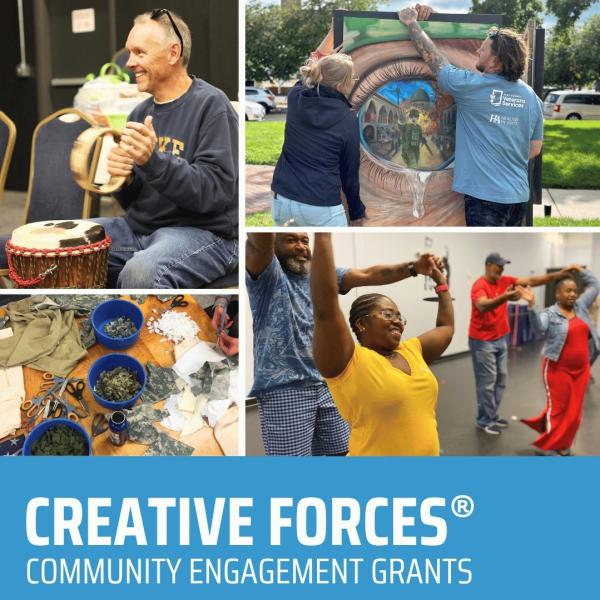Links between Arts, Learning, and Neuroscience Examined in New NEA Report

WASHINGTON, DC – What are the links between brain function and creativity? How can this knowledge affect the way we learn, work, and thrive? More than a dozen experts, including neurologists, artists, and cognitive psychologists, consider these and other questions in a new report from the National Endowment for the Arts titled How Creativity Works in the Brain. The report stems from a July 2014 research workshop co-sponsored by the NEA and the Santa Fe Institute, an independent, nonprofit research and education center. The report follows other NEA initiatives at the intersection of the arts, health, and science, including the NEA/Walter Reed Healing Arts Partnership.
“The time is ripe for bringing together artists, scientists, and educators to collaboratively confront the question of how creativity functions in the brain,” said Bill O’Brien, NEA senior advisor to the chairman for innovation. “Imagine the potential for our nation's health, education, culture, and productivity if we were able to truly understand the anatomy of our ‘aha’ moments, and how they can be nurtured, optimized, and deployed.”
In the report, participants started from scratch, looking at how to define the concept of creativity, and how to study it in a way that integrates multiple perspectives from cognitive psychology, education, neuroscience, and the arts. The participants grappling with these questions included artist Doug Aitken, educator Mariale Hardiman (Johns Hopkins University), neurologist John Stern (University of California, Los Angeles), and cognitive psychologist Mark A. Runco (University of Georgia). A full list of participants is here.
Among the conclusions from the meeting:
- Creativity research requires more partnerships among neurobiologists, artists, psychologists, and educators.
- More than 30 years of cognitive-behavioral research has informed our knowledge about creativity, but there is little neuroscience to back it up. The field needs neuroscientific validation of existing tools to assess creativity in individuals. If effective, these tests can be adopted more widely by our nation's educators, employers, and other decision-makers.
- Brain research is a young field, which makes it the perfect time to invest in creativity research, even while neuroscience models and technologies continue to develop.
Contact
Sally Gifford
NEA Public Affairs
202-682-5606| giffords@arts.gov




